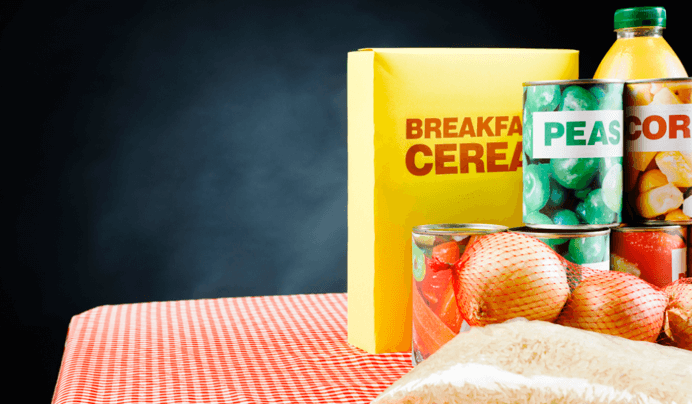3 Trends Reshaping the Consumer Packaged Goods (CPG) Industry
The Consumer Packaged Goods (CPG) industry, valued at nearly $2 trillion in North America, is undergoing significant transformations driven by digitalization, evolving consumer preferences, and sustainability demands. These shifts are influencing how products are distributed, marketed, and consumed. We will explore these trends, and their impact on the distribution and transportation of goods.
1. The Rise of E-Commerce and Its Impact on Supply Chains
E-commerce has become a pivotal channel for CPG sales, with online purchases accounting for a growing share of the market. This surge necessitates more complex supply chain logistics, including increased delivery lanes, diverse carrier partnerships, and the capability to reach remote locations. CPG companies are investing in advanced technologies and network optimization strategies to enhance efficiency and meet consumer expectations for rapid, reliable delivery.
2. Evolving Consumer Preferences: Convenience, Sustainability, and Digital Engagement
Modern consumers, particularly Millennials and Gen Z, prioritize convenience, environmental responsibility, and digital connectivity. Millennials will spend approximately $65 billion on consumer-packaged goods over the next decade, which makes them very important consumers for CPG manufacturers and retailers. They seek products that align with their values and lifestyles, favoring brands that offer:
- Fresh and Convenient
As we mentioned above, online sales cause consumers to want items on-demand. Brands can take this into consideration when it comes to food. Providing fresh, fast, and convenient options that can be delivered straight to a millennial’s doorstep would be a big advantage for companies. - Sustainability
Millennials want to purchase brands that are environmentally friendly, with a focus on corporate responsibility. Forbes uses the example of a package that allows consumers to only open and use what they need. Often, brands do not even have to make a change to achieve a more sustainable business; they just have to be more transparent with their consumers. - “Visual Eaters”
It is no surprise that younger generations spend a lot of time documenting their lives on social media, and food is no exception. Brands should use packaging that is visually appealing to and encourage millennials to share the product on their social media channels. - Added Benefits
This generation is concerned with the “extras” that a product can provide. For example, if a product can promote healthfulness, energy, motivation, etc., millennials will be more likely to feel an emotional connection with the product and become a loyal consumer.
Brands that adapt to these preferences by innovating their product offerings and marketing strategies are better positioned to build loyalty and drive growth.
3. The Imperative of Supply Chain Optimization
As the CPG landscape becomes more dynamic, efficient supply chain management is critical. Companies are leveraging data analytics, automation, and strategic partnerships to streamline operations, reduce costs, and improve responsiveness. Emphasizing agility and resilience in supply chains enables CPG firms to navigate market fluctuations and meet the evolving demands of consumers.
What This Means for CPG Brands
The CPG industry is at a crossroads, where embracing digital transformation, understanding consumer values, and optimizing supply chains are not just advantageous—they’re essential. By staying attuned to these trends, companies can position themselves for sustained success in a competitive marketplace.

